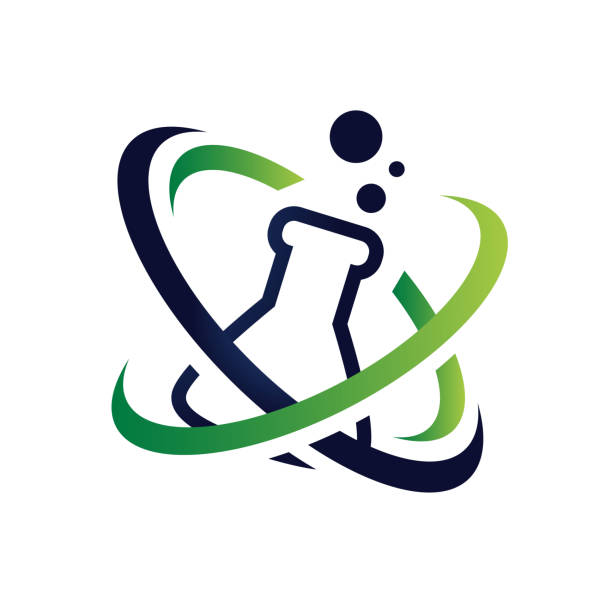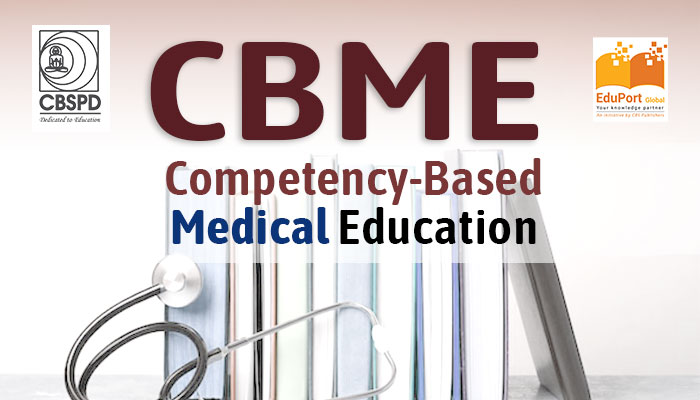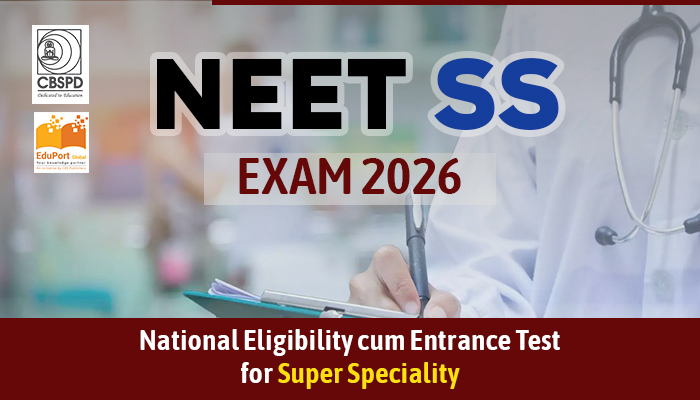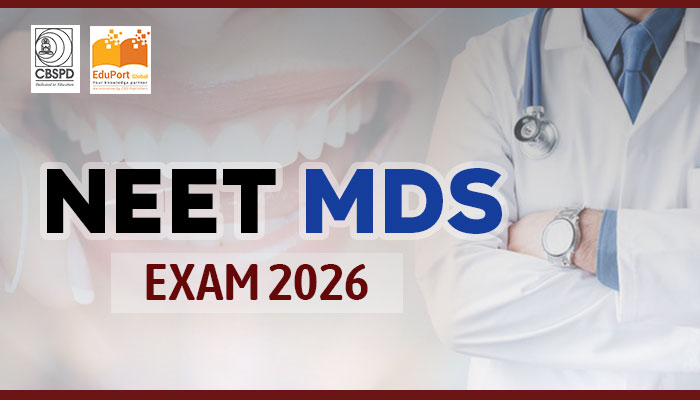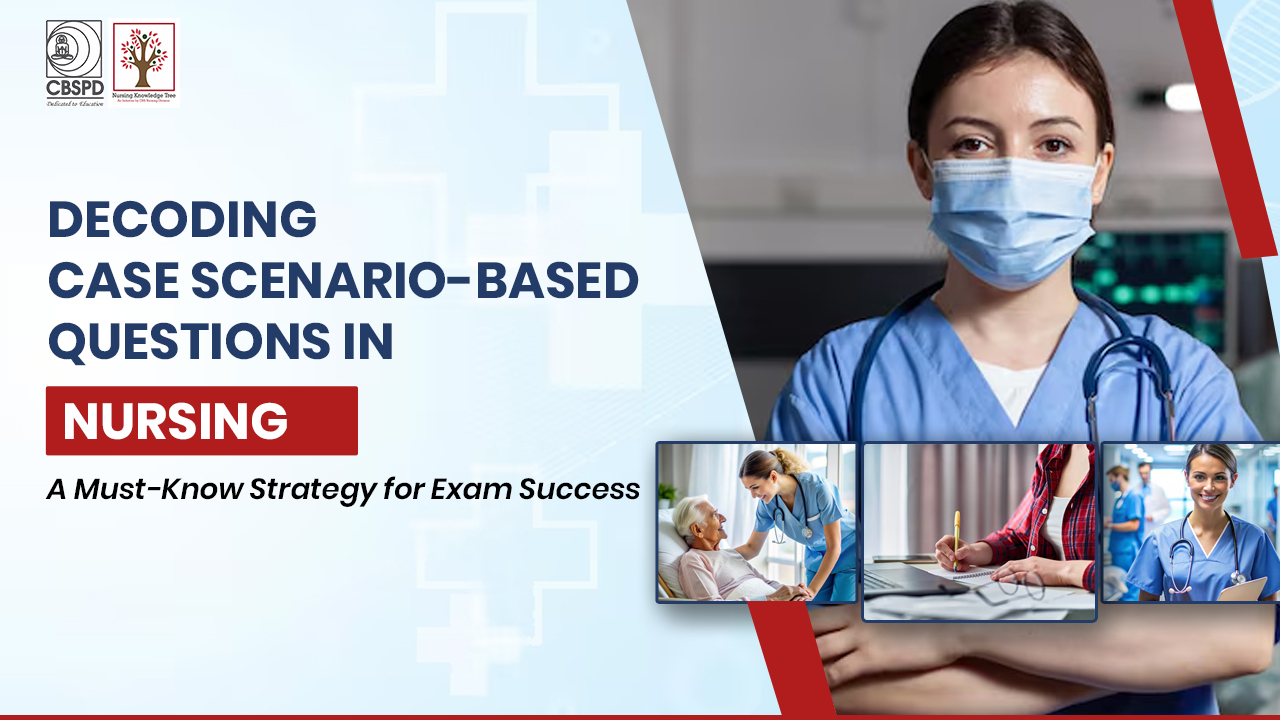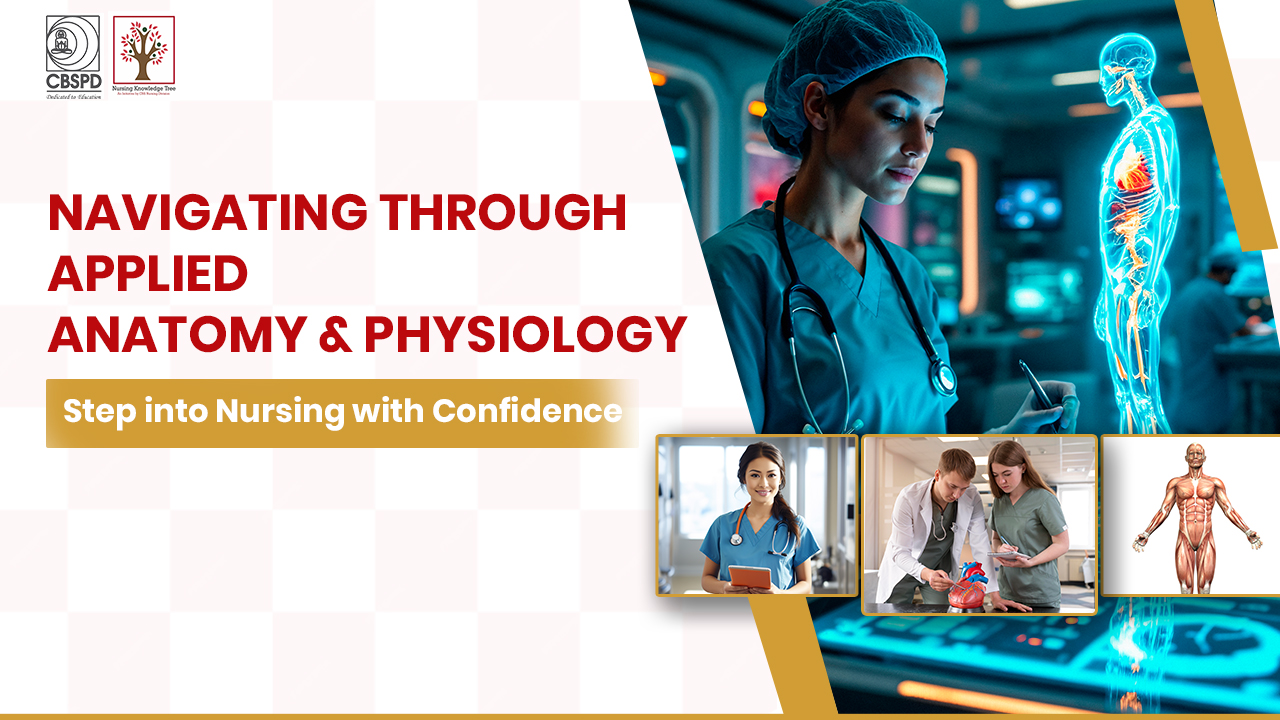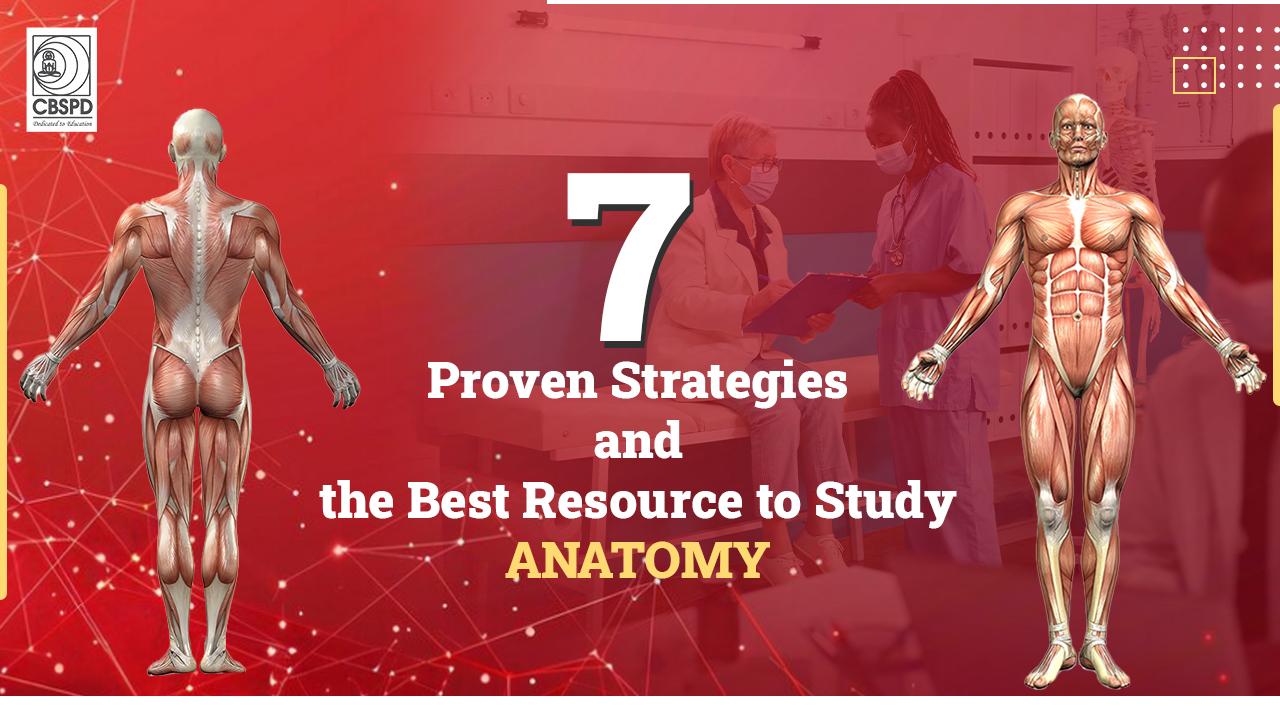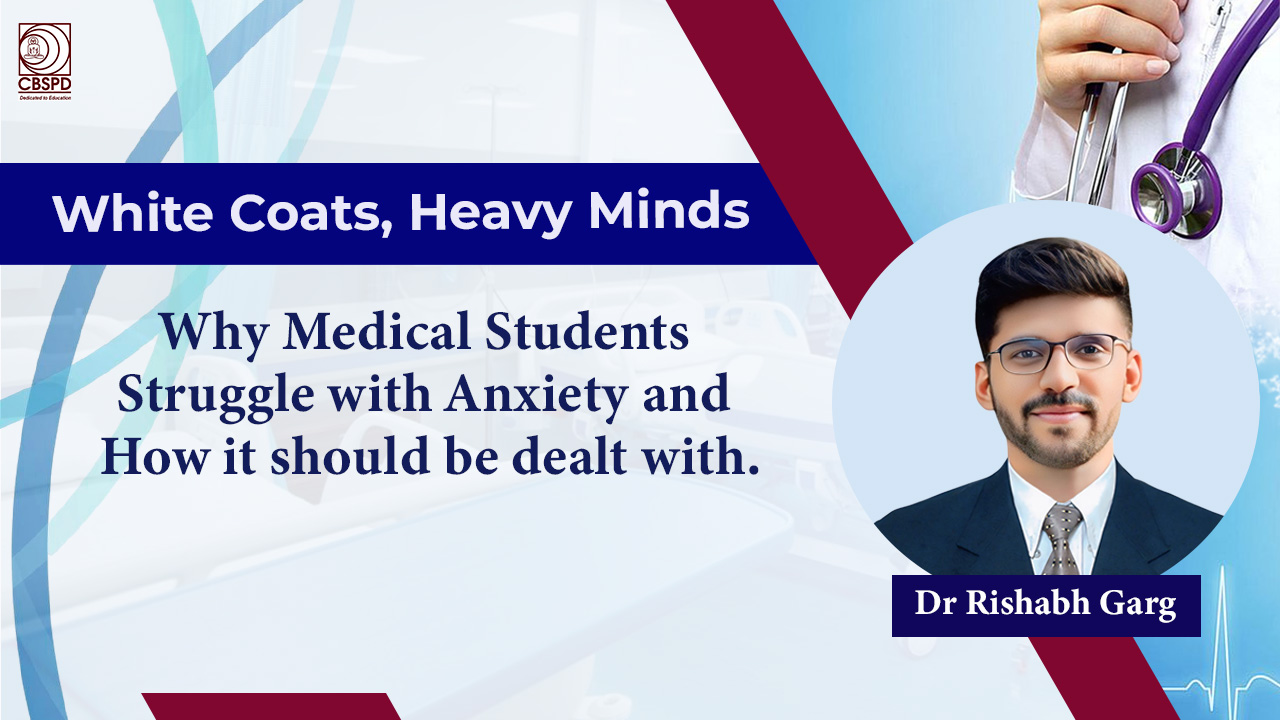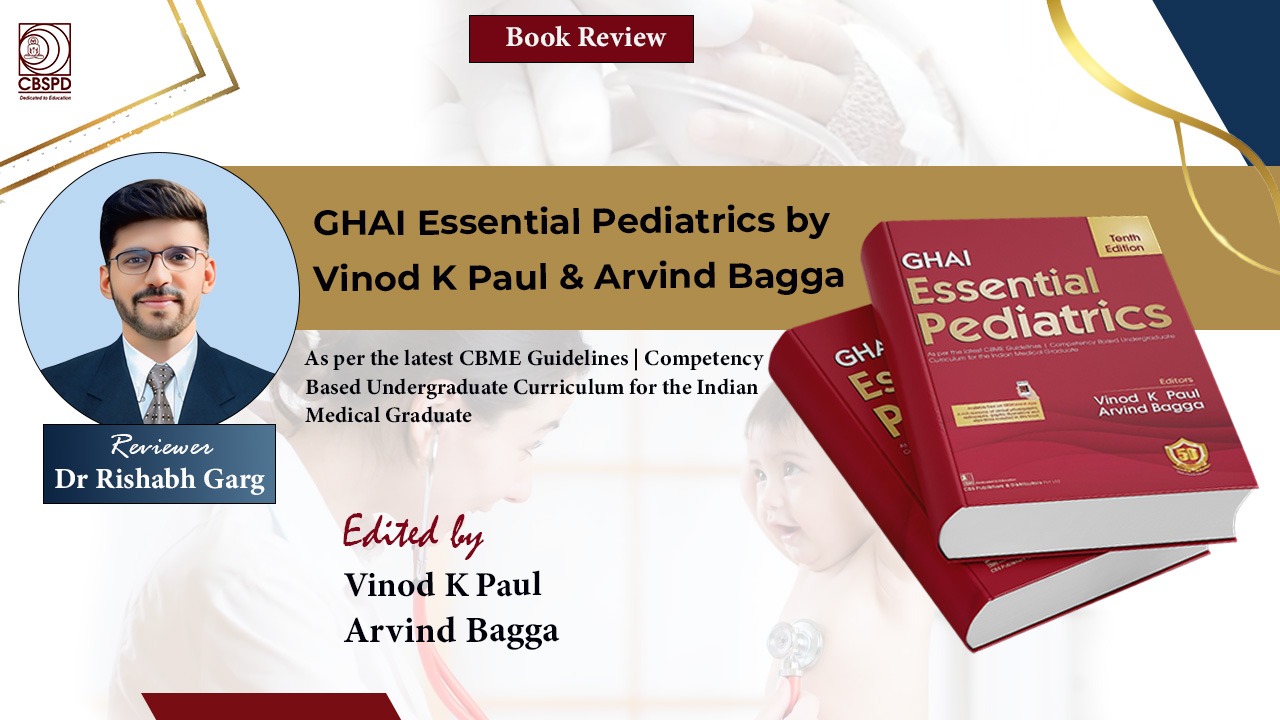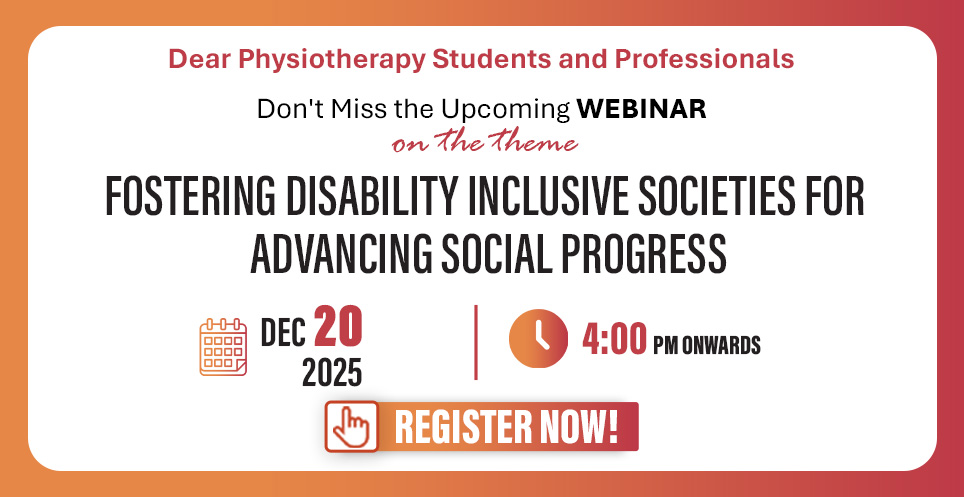CBME curriculum for MBBS, Objective and Goals
The CBME curriculum for MBBS
is a transformative approach introduced by the Medical Council of India (MCI) to improve the quality of medical
education. Unlike the traditional content-heavy curriculum, CBME is designed to
enhance practical skills, critical thinking, and professional attitudes through
a structured and outcome-oriented approach. It focuses on producing medical
graduates who are competent, skilled, and responsive to the needs of society
Objectives of CBME
- Ensure medical graduates develop competencies in knowledge,
skills, and attitudes.
- Make
medical education patient-centric, outcome-based, and need-driven.
- Emphasize
practical exposure, hands-on training, and early clinical exposure.
- Promote
self-directed and lifelong learning.
- Enhance the doctor-patient relationship through an ethical and
empathetic approach.
CBME Curriculum Structure
& Examination System
|
Phase |
Subjects & Training Components |
|
Phase 1 (First Year) |
Anatomy, Physiology, Biochemistry, Community Medicine, Early
Clinical Exposure (ECE), Attitude, Ethics & Communication (AETCOM) |
|
Phase 2 (Second Year) |
Pathology, Pharmacology, Microbiology, Forensic Medicine |
|
Phase 3 Part 1 (Third Year) |
Medicine, Surgery, Obstetrics & Gynecology, Pediatrics, ENT
(Ear, Nose & Throat), Ophthalmology |
|
Phase 3 Part 2 (Final Year) |
Advanced Clinical Training, Electives, Internship |
Examination & Passing
Criteria
●
Maximum of 4 attempts allowed to
clear the first-year exam
●
Minimum 40% in theory &
practical separately and 50% overall to pass
●
Practical Exams & Viva assess
real-world application of knowledge
● Internal Assessments contribute to eligibility but not final marks
Structure of the CBME
Curriculum
The CBME curriculum is structured into
different phases and incorporates both theoretical and practical learning. The
key phases include:
1. Foundation Course (1 month)
The MBBS program begins with a one-month foundation course aimed at
familiarizing students with the medical profession.
●
Language & communication
skills
●
Medical ethics &
professionalism
●
Basic learning techniques & IT
skills
●
Sports and extracurricular
activities
●
Orientation to national health
priorities
2. Pre-Clinical Phase (First Year)
Subjects:
● Anatomy
●
Biochemistry
●
Physiology
Features: Introduction to early clinical exposure. Integration of
basic sciences with clinical conditions. Emphasis on practical and skill-based
learning.
3. Para-Clinical Phase (Second Year)
Subjects:
●
Pathology
●
Microbiology
●
Pharmacology
●
Forensic Medicine
Features: Vertical and horizontal integration of subjects. Case-based learning and clinical discussions.
Emphasis on applied knowledge rather than rote memorization.
4. Clinical Phase (Third & Fourth Year)
Subjects:
●
Medicine
●
Surgery
●
Pediatrics
●
Obstetrics & Gynecology
●
Community Medicine
●
Orthopedics, ENT, Ophthalmology, Psychiatry, Dermatology
Features: More focus on clinical postings and hands-on patient
management. Development of clinical
decision-making skills. Competency-based assessments and logbook
maintenance.
Goals of CBME in India
The
MBBS curriculum under CBME aims to
produce clinically competent and
ethically responsible doctors who excel in diagnosis, treatment, and patient care. With a focus on lifelong learning, graduates stay
updated with medical advancements. It emphasizes effective communication, ensuring seamless interaction with
patients and healthcare teams. This ensures that Indian Medical Graduates (IMGs) can be first-contact providers in primary
and emergency care settings. Additionally, CBME fosters leadership and teamwork, enabling
doctors to contribute effectively to the healthcare system.
Key Features of CBME
Curriculum
1.
Foundation Course for MBBS Students: The one-month
Foundation Course helps students transition smoothly into the medical field. It
includes:
●
Orientation Program – Introduction
to faculty, academic policies, and medical ethics
●
Basic Life Support (BLS) &
First Aid Training – Preparing students for emergency care
●
Community & Primary Health
Center Visits – Real-world exposure to rural & urban healthcare
●
Professionalism & Ethics
Training – Understanding ethical patient care and doctor-patient relationships
●
Language & Computer Skills
Enhancement – Improving communication & digital literacy
This course lays a strong foundation for
learning and professional development.
2.
Integrated Teaching & Learning: CBME promotes
horizontal and vertical integration of subjects:
●
Horizontal Integration – Connects
related subjects within the same phase (e.g., anatomy with physiology)
●
Vertical Integration – Links
preclinical subjects (like biochemistry) with clinical training (like medicine
and surgery)
This approach enhances student learning
by bridging the gap between theory and real-world medical practice.
3.
Early Clinical Exposure (ECE): One of the most
significant features of CBME is Early Clinical Exposure (ECE), which introduces
students to patient care from the first year.
●
Benefits of ECE:
○
Helps students understand disease
mechanisms in real-life scenarios
○
Enhances critical thinking &
decision-making skills
○
Improves retention &
application of medical knowledge
○
Strengthens patient interaction
and communication skills
Early clinical exposure motivates
students by allowing them to see the real-world impact of their learning.
4.
Self-Directed Learning (SDL): CBME promotes
Self-Directed Learning (SDL), where students take responsibility for their
education.
●
Identifying knowledge gaps and
researching relevant medical topics
●
Utilizing online and offline
resources for learning
●
Developing critical thinking and
problem-solving abilities
●
Adapting to new medical advancements
and research
SDL ensures that future doctors remain
updated with evolving medical practices.
5.
Skill Certification & Practical Training: CBME
introduces competency-based skill certification, requiring students to
demonstrate proficiency in:
●
Cognitive Skills – Clinical
reasoning and medical decision-making
●
Psychomotor Skills – Performing
medical procedures with precision
●
Communication Skills – Engaging
effectively with patients and families
●
Leadership & Teamwork –
Collaborating in healthcare settings
Each medical student must successfully
complete these skills before graduation, ensuring they are well-prepared for
clinical practice.
6.
Electives for Specialization: CBME includes elective
rotations, allowing students to explore different medical specialties.
●
Block 1: Research-based electives
in preclinical or para-clinical sciences
●
Block 2: Clinical electives in
hospitals, ICUs, specialty clinics, or community health settings
Students must complete two elective
blocks and submit a learning logbook to qualify for their final exams.
7.
AETCOM Ethics & Communication Training: CBME
emphasizes Attitude, Ethics, and Communication (AETCOM), ensuring that doctors:
●
Follow ethical medical practices
●
Communicate effectively with
patients and colleagues
●
Develop empathy and
professionalism
●
Understand cultural sensitivities
in healthcare
●
This module builds trust between
doctors and patients and promotes high standards of medical practice.
Challenges in Implementing CBME
The challenges of implementing the CBME
have been discussed below. Despite its advantages, the CBME curriculum faces
several challenges:
●
Training of faculty: Teachers need
to adapt to new teaching methods.
●
Assessment standardization: Proper
methods are required to evaluate competencies effectively.
●
Increased workload:
Competency-based education requires feedback and simulation centers.
●
Infrastructure requirements: It
demands simulation centers and better-equipped skill labs.
Conclusion
The MBBS Curriculum by Competency-Based
Medical Education represents a significant shift in medical education by
focusing on competency, skill development, and patient-centered care. The
success depends on effective faculty training, infrastructure development, and
student engagement, ensuring that future doctors meet global healthcare
standards. It has the potential to produce highly competent doctors who are
well-prepared to serve society with continuous refinement and proper
implementation.
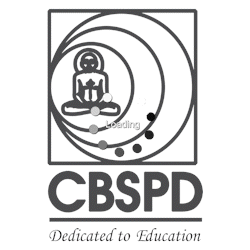
.png)
.png)
